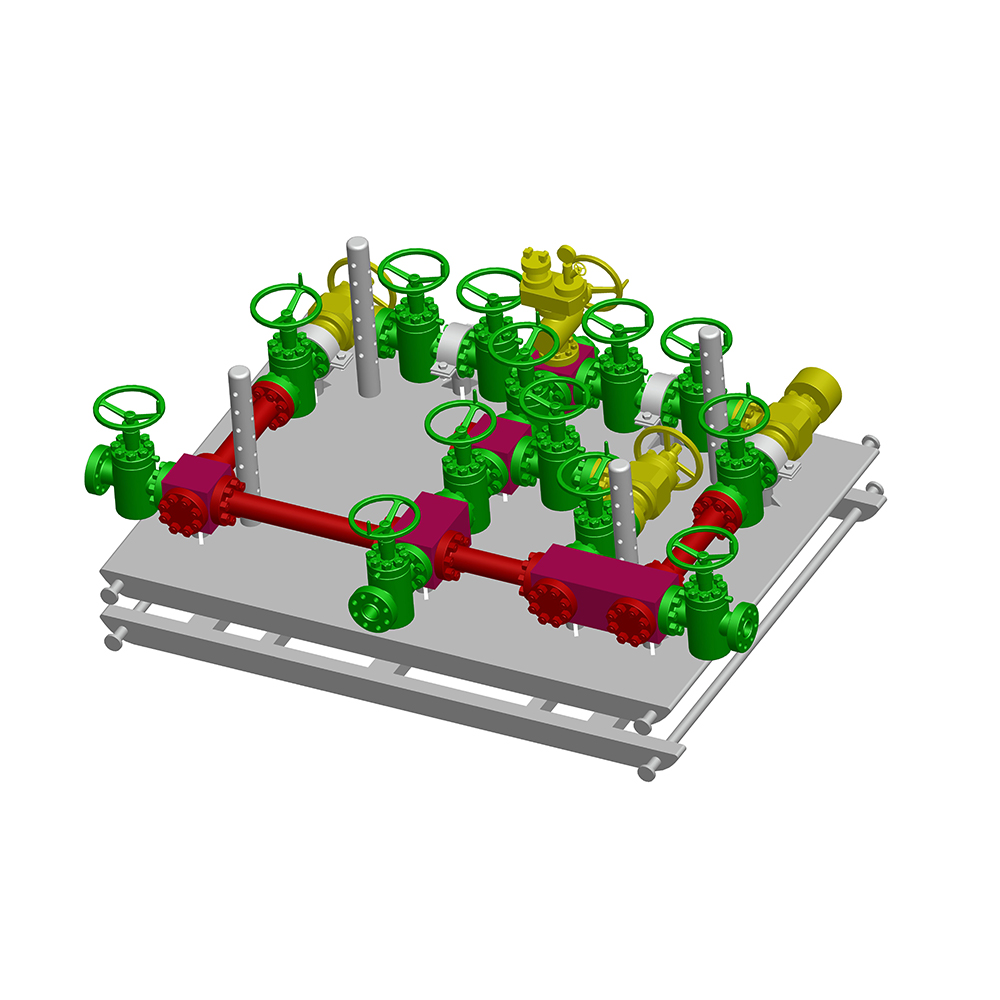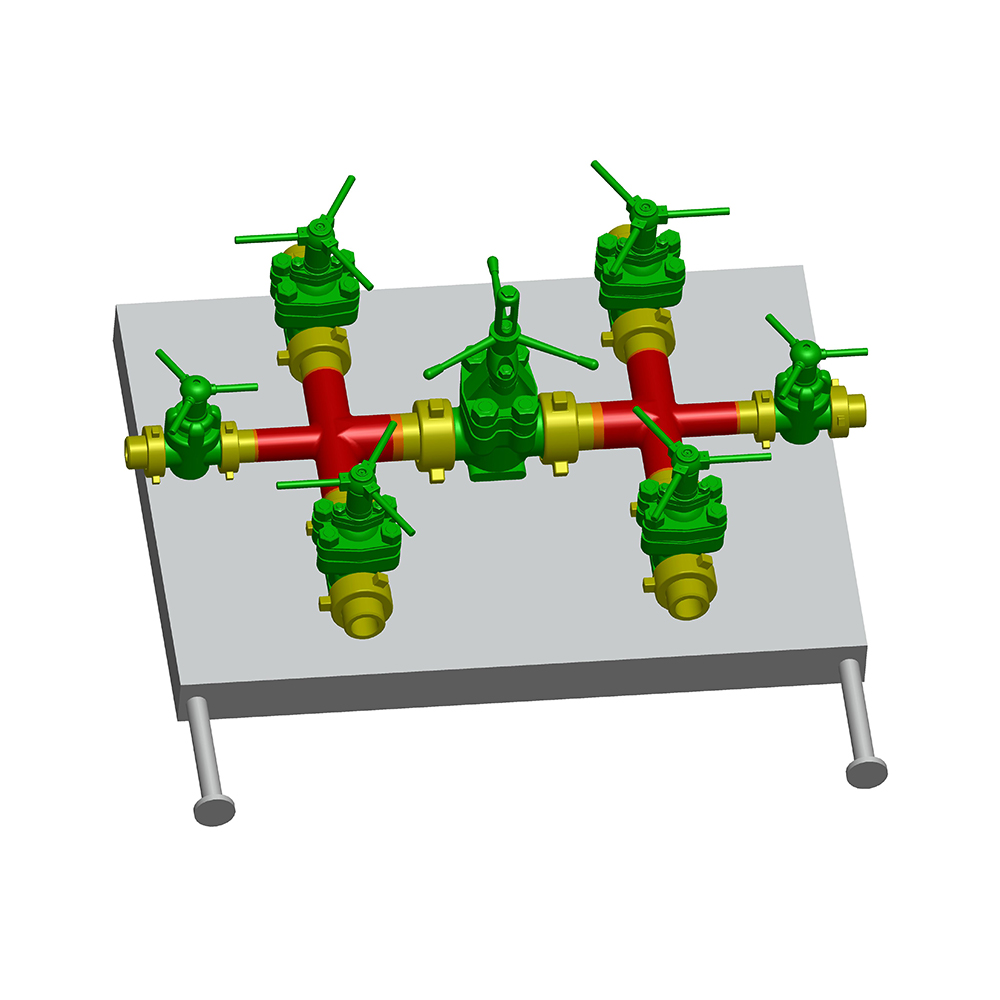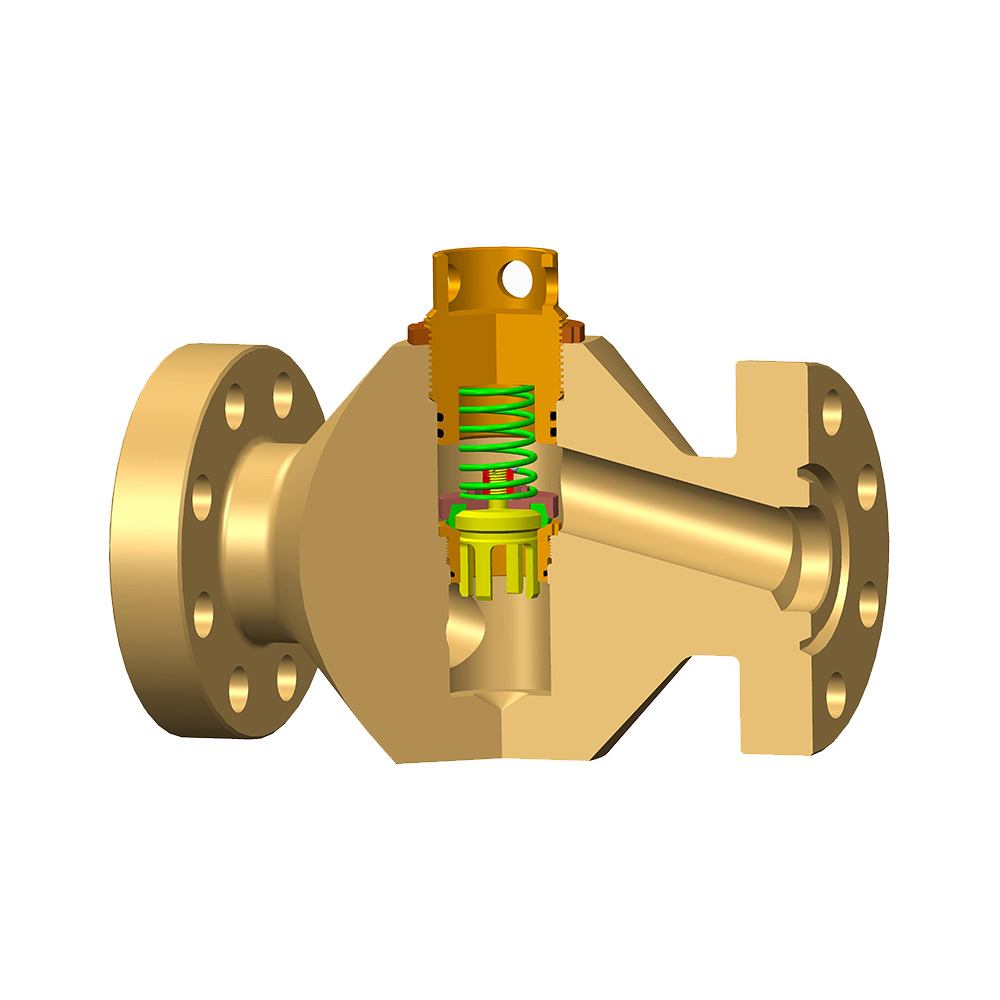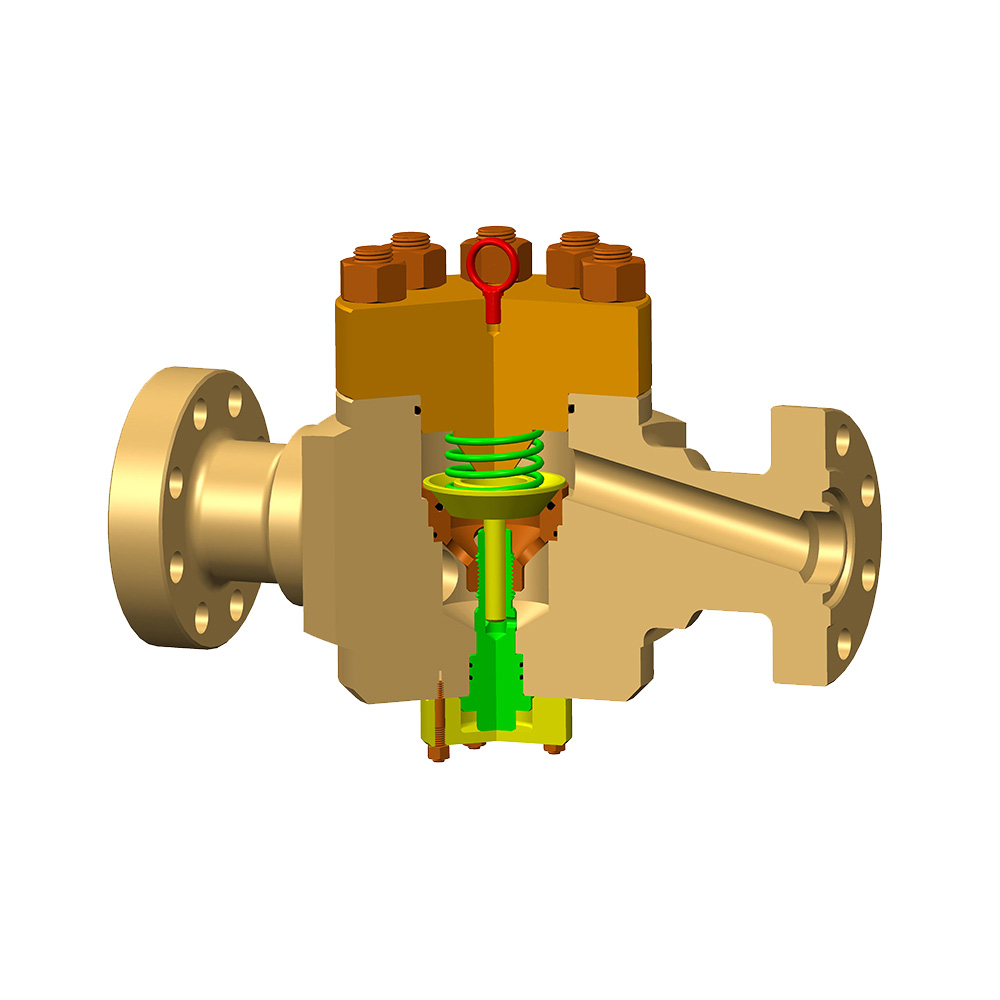Choke valves are vital components in critical industrial processes, particularly within oil and gas production, refining, and chemical processing. Their primary function – controlling flow rates and downstream pressures across significant pressure differentials – demands consistent, predictable performance. Achieving optimal reliability and longevity hinges on understanding and managing numerous interrelated factors.
1. Design and Material Selection:
- Trim Design & Materials: The trim (seat, cage, plug) experiences the most severe conditions. Material selection must resist erosion (from sand, proppant), corrosion (from H2S, CO2, chlorides, acids), and cavitation damage. Hardened alloys (e.g., tungsten carbide, Stellite), super duplex stainless steel, or specialized coatings are often essential. Trim geometry (e.g., multi-stage, tortuous path) directly impacts flow control precision, noise reduction, and erosion mitigation.
- Body Material: Must withstand system pressure, temperature extremes, and corrosive fluids. Compatibility with the process environment is paramount.
- Actuation Mechanism: Whether manual, hydraulic, pneumatic, or electric, the actuator must reliably position the trim against significant flow forces and provide sufficient torque/thrust. Response time and fail-safe requirements influence the choice.
2. Process Conditions:
- Fluid Composition: The nature of the fluid (gas, liquid, multiphase, solids content) drastically affects behavior. Abrasive solids (sand, proppant) accelerate erosion. Corrosive components (H2S, CO2, O2, chlorides) necessitate specific metallurgy. Scaling or hydrate formation can impede movement.
- Pressure Differential (ΔP): The magnitude of the pressure drop across the valve is the primary driver for flow control. High ΔP exacerbates erosion, cavitation, and noise generation. Performance is often defined within specific ΔP ranges.
- Flow Rate & Velocity: Extremely high flow velocities intensify erosion, especially with solids present. Conversely, very low flow rates might not overcome seating friction reliably.
- Temperature: Affects material strength, corrosion rates, potential for scaling/paraffin deposition, and seal integrity.
- Choking Effect: Achieving critical flow (where downstream pressure changes don't affect upstream flow) requires specific ΔP conditions relative to upstream pressure for gases. Valve trim influences this transition.
3. Operational Practices:
- Positioning: Operating the valve within its optimal control range is crucial. Frequent cycling or extended periods near fully open/closed positions can accelerate wear and reduce control stability.
- Sand Management: Implementing effective upstream sand control (gravel packs, screens) or erosion-resistant trim significantly reduces the most common cause of premature failure.
- Corrosion Control: Proper chemical inhibition programs (e.g., corrosion inhibitors, oxygen scavengers, biocides) are vital when corrosive elements are present.
- Avoidance of Cavitation: Minimizing conditions where localized vapor bubble collapse causes surface damage requires trim designed for staged pressure reduction.
- Instrumentation Accuracy: Reliable pressure and flow measurements upstream and downstream are essential for precise control and monitoring performance deviations.
4. Installation and Commissioning:
- Piping Alignment: Improper alignment stresses the valve body and actuator, leading to premature wear or leaks.
- Upstream/Downstream Piping: Adequate straight run lengths upstream (typically 5-10 pipe diameters) ensure stable, non-turbulent flow entering the valve for accurate control.
- Commissioning Procedures: Proper flushing of lines before startup removes weld slag, debris, and contaminants that can damage trim or plug small orifices. Gradual pressurization and cycling checks are prudent.
- Calibration: Ensuring positioners and control signals are accurately calibrated is fundamental for correct trim positioning.
5. Maintenance and Monitoring:
- Predictive Maintenance: Utilizing techniques like vibration analysis, acoustic monitoring (for leaks/cavitation), and performance trending (monitoring flow vs. position or required actuator pressure vs. time) can detect degradation early before catastrophic failure.
- Preventive Maintenance: Scheduled inspections, seal replacements, and proactive trim refurbishment/replacement based on operating hours or monitored condition are critical for high-reliability operations.
- Diagnostics: Thorough failure analysis on removed components is invaluable for understanding root causes (e.g., specific erosion pattern indicating flow anomaly, type of corrosion) and improving future material selection or operational procedures.
- Spare Parts Strategy: Maintaining critical spares (seals, specific trim components) minimizes downtime.
Optimizing choke valve performance isn't about a single silver bullet; it's a systems approach. It begins with rigorous design and material selection tailored to the specific, often harsh, process conditions. Diligent operational practices, precise installation, and a robust maintenance strategy built on monitoring and proactive intervention are equally vital. Understanding how these factors – from fluid abrasiveness and pressure drop magnitude to trim design and maintenance protocols – interconnect and influence wear, control stability, and ultimate lifespan empowers engineers to maximize reliability, safety, and operational efficiency. Neglecting any one aspect can compromise the entire system's integrity and lead to costly downtime or safety hazards.







